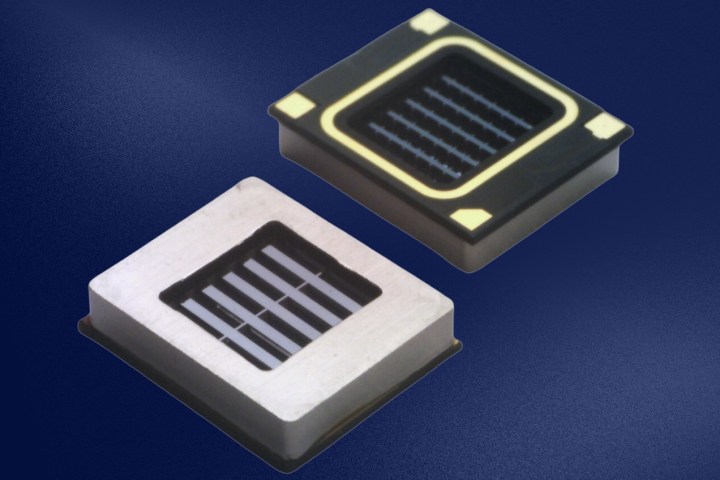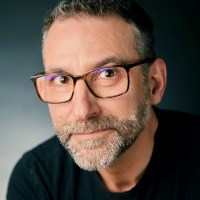
A company that is pioneering the use of earbud speakers that are manufactured like microchips says it has developed a way to convert inaudible, high-power ultrasound into hi-fi stereo sound, using a single driver. The result is what the company — called xMEMS — says is a micro-electromechanical system (with a convenient MEMS acronym) driver that’s powerful enough to deliver sound as well as active noise cancellation in a set of wireless earbuds.
According to xMEMS, these MEMS drivers possess a number of advantages for buyers and manufacturers of earbuds, like extreme ruggedness, a huge frequency-response range, ultrafast transient response (the ability to quickly shift from one sound to another), and more accurate sound reproduction.
But because MEMS drivers use tiny silicon membranes to produce the moving air that our ears detect as sound, they suffer from one critical weakness: when used in vented earbuds (most ANC earbuds have vents), they can’t generate the needed sound pressure level (SPL) at lower frequencies that are essential for ANC. For active noise cancellation to be effective, it requires 120 dB SPL at 20Hz, but earbud venting robs the 20Hz frequency of about 20 dB SPL. This means that for any driver to deliver the needed power, it has to produce 140 dB SPL, and current MEMS drivers can only reach 120 dB.

Manufacturers that have wanted to make wireless earbuds that use MEMS drivers and provide ANC have had to resort to a dual-hybrid driver design, like Creative’s Aurvana Ace and Aurvana Ace 2. These are the first MEMS-based wireless earbuds, but they use a traditional dynamic driver to generate the needed low-frequency SPL.
xMEMS says its latest MEMS driver, which it calls Cypress, can overcome the traditional SPL limitation and is the first to offer both hi-fi sound and ANC capabilities from a single MEMS driver. To make it work, xMEMS has turned to ultrasound technology that was originally developed by both the U.S. and Soviet navies in the mid-1960s for sonar applications. This original research proved that it was possible to embed human-audible sound information within a beam of inaudible ultrasound.
The Cypress driver is capable of generating high-SPL ultrasound (with human-audible sound modulated into its sound waves) and then routing these ultrasonic waves through a set of valves that effectively filter out the ultrasonic frequencies, leaving normal
While the original sound-from-ultrasound techniques from the 60s proved poor at maintaining acceptable levels of audio fidelity, xMEMS claims the Cypress can deliver sound that is actually more faithful to original recordings than competing speaker technologies.
At the moment, the Cypress is at the working prototype stage, and xMEMS intends to demo the technology to CES attendees in January 2024. The company plans a full production rollout by the end of 2024, which means we could see the first noise-canceling earbuds with Cypress’ ultrasonic technology by early 2025.
Editors' Recommendations
- Nothing’s new earbuds upstage Apple, Google, and Amazon by embedding ChatGPT
- Cambridge Audio’s first AirPods Pro competitor has lossless audio, massive battery life
- Audio-Technica’s latest hi-res earbuds debut at CES 2024 for $199
- Sennheiser Momentum True Wireless 4 debut with lossless audio, but skip the spatial trend
- JBL’s $200 Live 3 earbuds get the Tour Pro 2’s touchscreen charging case




